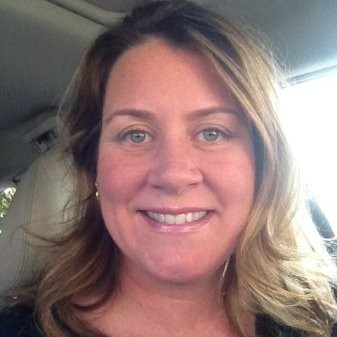Disaster Preparedness Strategies for Senior Care Communities
Senior care communities spend a great deal of energy focused on resident safety, but one key element of resident safety that is often overlooked is disaster preparedness. As evidenced by the 2021 Texas blackout’s effects on long-term care facilities, many facilities are underprepared to cope with disasters.

Kimberly Geis, founder and CEO of Facility Compliance Solutions
It’s a challenge that Kimberly Geis, founder and CEO of Facility Compliance Solutions, is all too familiar with. “Having owned two Residential Care Facilities for the Elderly (RCFEs), and having over 25 years in this field, I’d say about 10% may be well-prepared,” says Geis. She notes that most facilities don’t have procedures or processes in place to protect residents during a disaster, including digital, online records regarding medications, special needs, emergency contact information, and more.
“The California legislation mandates that emergency drills be done at certain intervals and that facility owners show their plans to their local fire department,” notes Geis. “The fire departments I spoke with said they knew nothing about this requirement and weren’t responsible. It was the facilities themselves that had the responsibility for their own disaster preparedness plan since they were privately-owned facilities. They were right.”
Additionally, most facility disaster and evacuation plans are mainly stored onsite in paper format, or they’re locally stored in a facility’s computer system. Even if a facility has a plan that can be accessed via an offsite data recovery system, emergency responders don’t have access to that system.
Key Preparation Steps That Are Often Missed
Geis notes that many facilities don’t ensure that they have a backup plan to transfer vulnerable residents to alternative facilities in the event of an evacuation. It’s also essential that facilities make sure that the records of residents with special needs are kept current. Records need to be updated with:
- Resident medications
- When they last took those medications
- How often the medications need to be administered
- When residents last ate or if they refused to eat
- If they need mobility assistance, e.g., a wheelchair, cane, oxygen tank, or walker.
This information needs to be stored so that first responders can access the records.
Steps to Creating a Senior Care Community Disaster Preparedness Plan
Geis outlines six key steps that senior care communities can take when creating a disaster preparedness plan:
- Move all documents online as soon as possible to ensure a secure, compliant document registry that emergency personnel and their own caregivers and other staff can easily access.
- Make sure caregivers, administrators and other staff are consistently inputting care notes such as Activities of Daily Living (ADLs) into the system.
- Keep family members or other resident emergency contacts updated.
- Make sure a plan exists to notify—or first responders can notify—a resident’s emergency contact(s).
- Set up quarterly emergency drills to prepare for a disaster.
- Get involved with community and county contacts to stay current and learn best practices for disaster preparedness.
Several community resources can help senior care facilities develop well-thought-out disaster preparedness plans. Geis encourages senior care communities to work with local first responders and to invite firefighters to speak at the senior care community to discuss safety protocols.
Additionally, senior care community administrators can attend disaster preparedness events in the greater community to learn about changing protocols. Many of these events are hosted by assembly members and mayors. “Administrators should get involved in these town hall events so they can train their staff adequately,” says Geis.
She also encourages senior care facilities to seek out resources in their state, county, and community. “For example, the California Institute of Aging has numerous helpful guidelines including an entire section on Disaster Preparedness with a handbook, access to federal resources and additional tools such as a section on ‘Disaster & Emergency Preparedness for Older Adults and Individuals with Disabilities,’” she says.
Revising and Maintaining Senior Care Disaster Preparedness Plans
Once a facility has created a plan, Geis encourages the community to review and revise the plan once a year. “Having the disaster plan in the Cloud has advantages because it can continuously be updated,” she explains. “Right now, many senior care homes are simply placing a paper-based emergency exit plan taped onto a wall along with a fire extinguisher, and then calling ‘preparedness’ done.
“For example, in the event of wildfires like we had in Northern California in the past, some staff just evacuated and left senior residents in a potential burning building,” she says. “As we learned through the recent pandemic and the 2017 wildfires, people tend to go into ‘fight or flight’ mode in disaster situations. Having a comprehensive disaster preparedness plan in advance ensures the safety of the vulnerable residents and organizations concerned. It saves lives.”
When it comes to a simple way to improve disaster preparedness, Geis recommends that senior care communities get rid of paper files and fax machines. “An investment in technology will go a long way in ensuring the disaster preparedness plan actually works, ensuring that a vulnerable resident, facility and a state are protected.”

Paige Cerulli is a contributing writer to i Advance Senior Care.
Related Articles
Topics: Disaster Preparedness , Executive Leadership , Facility management , Featured Articles , Leadership , Operations , Risk Management , Training











